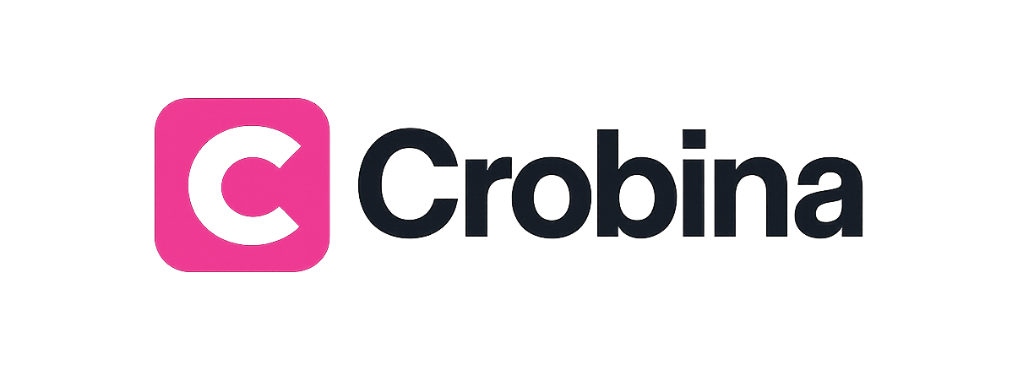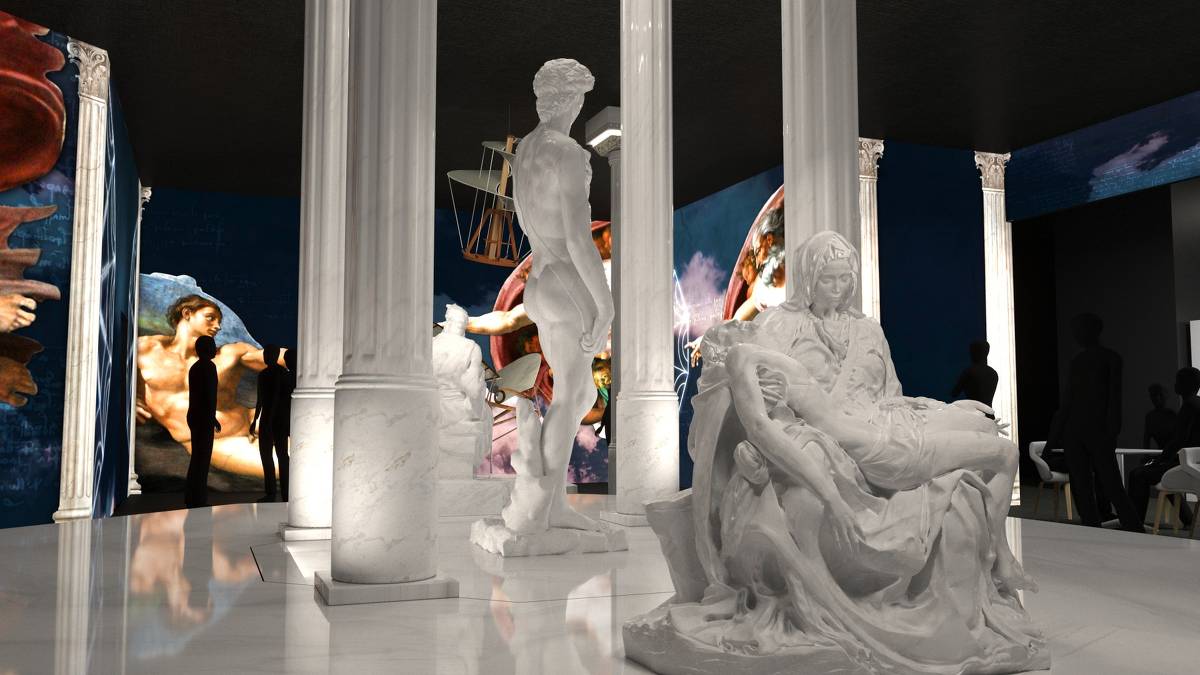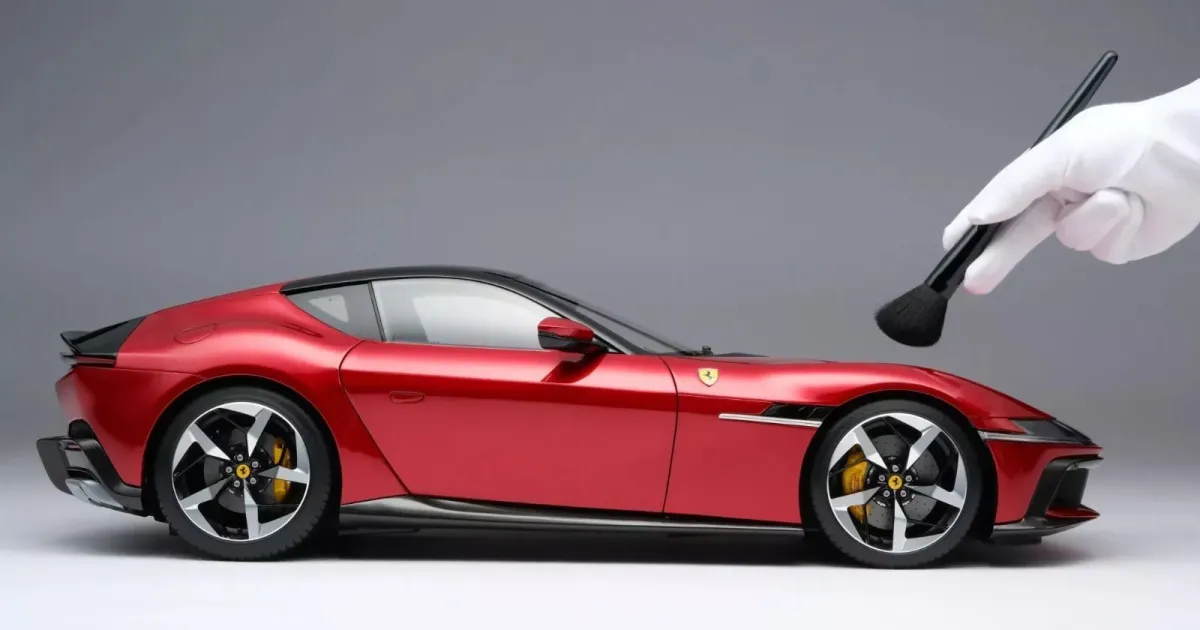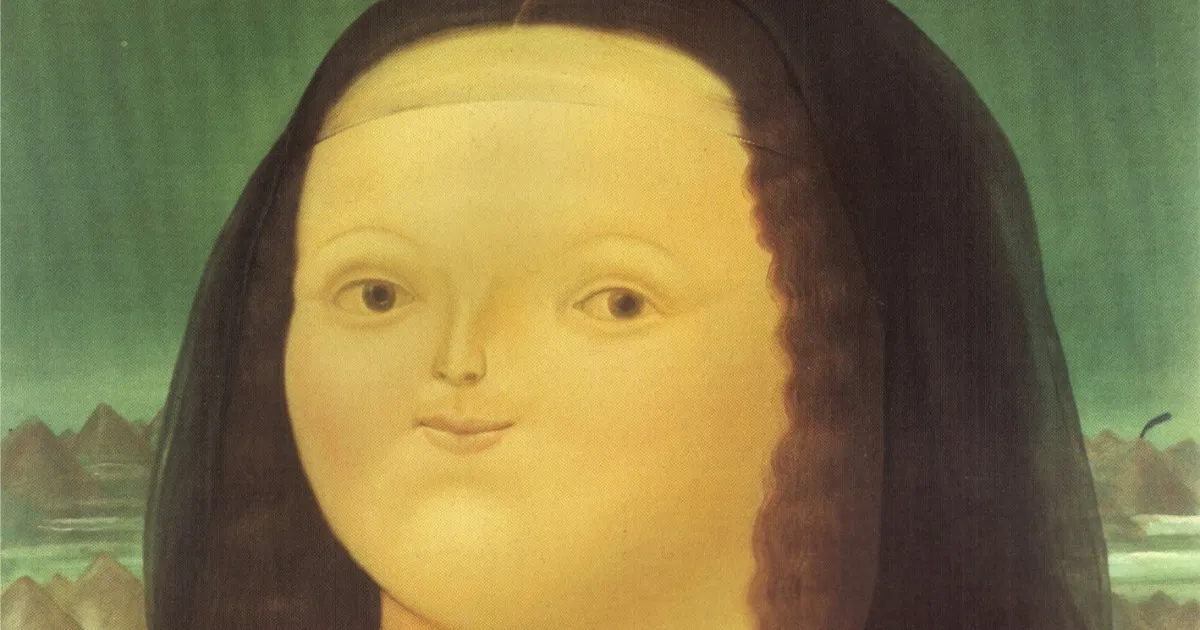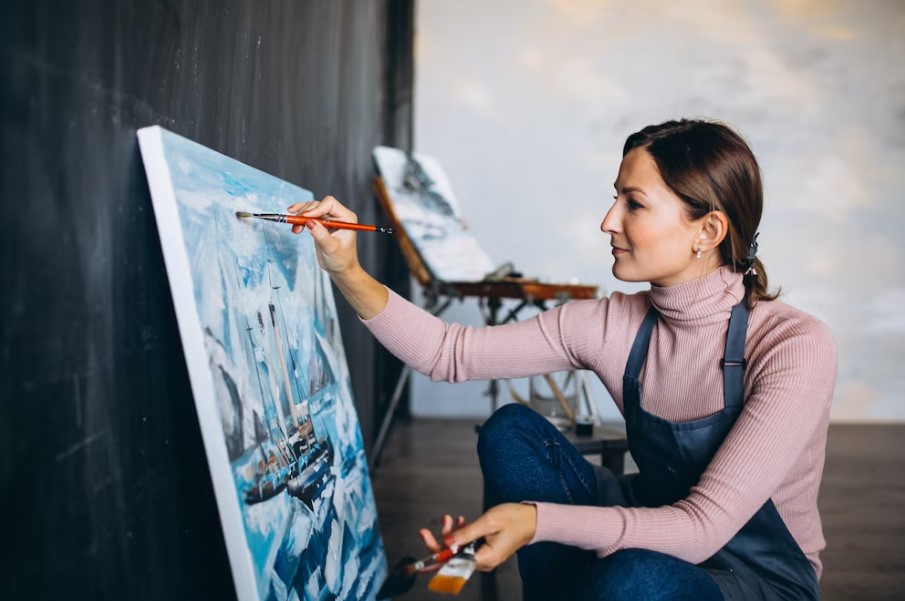Artistic precision transforms good artwork into extraordinary masterpieces. The journey from basic brushwork to refined, controlled strokes requires dedication, practice, and knowledge of proven techniques that professional artists rely on daily.
🎨 Understanding the Foundation of Brushstroke Mastery
The art of brushwork extends far beyond simply applying paint to canvas. It represents the physical manifestation of an artist’s vision, emotion, and technical skill. Every stroke carries intention, energy, and purpose that collectively create the final composition. Understanding this fundamental principle changes how artists approach their craft entirely.
Professional artists recognize that brush control begins with understanding the relationship between pressure, angle, and movement. These three elements work in harmony to produce the desired effect on any surface. The pressure applied determines thickness and texture, while the angle affects coverage and edge quality. Movement speed influences fluidity and blending characteristics.
Developing muscle memory through consistent practice creates the foundation for precision. The hand, wrist, and arm must work as a coordinated unit, responding instinctively to the artist’s creative impulses. This coordination doesn’t develop overnight but requires thousands of deliberate repetitions across various exercises and techniques.
Essential Grip Techniques for Different Brush Types
How you hold your brush dramatically affects control and precision. The traditional overhand grip, similar to holding a pencil, offers maximum control for detailed work. This grip positions the hand close to the bristles, allowing for intricate movements and fine lines that require steady, precise execution.
The underhand grip, where the brush handle rests along the palm, provides greater freedom of movement for broader strokes. This technique works exceptionally well for large canvas areas, gestural painting, and creating dynamic, expressive marks that require arm movement rather than just wrist articulation.
For medium-sized work, the balanced grip combines elements of both approaches. The brush rests between thumb and fingers at a 45-degree angle, allowing quick transitions between detailed work and broader applications. Professional artists often shift between grip styles throughout a single painting session, adapting to the specific requirements of each section.
Specialized Grips for Advanced Techniques
The baton grip, holding the brush like a conductor’s wand, creates sweeping, confident strokes ideal for landscape painting and atmospheric effects. This technique removes the wrist from the equation, forcing the artist to engage shoulder and elbow movements for grand, expressive gestures.
The flat grip, pressing the brush parallel to the surface, produces unique textural effects and allows for scraping techniques. This unconventional approach opens possibilities for abstract work and experimental mark-making that standard grips cannot achieve.
Building Control Through Progressive Exercises 💪
Systematic practice routines accelerate skill development more effectively than random experimentation. Professional artists dedicate time to fundamental exercises that strengthen muscle memory and improve hand-eye coordination. These exercises may seem monotonous initially, but they provide measurable improvements in brushwork precision.
Start with basic line exercises, creating parallel horizontal lines across a practice surface. Focus on maintaining consistent spacing, thickness, and straightness without using guides or rulers. This simple exercise reveals weaknesses in hand steadiness and highlights areas requiring additional attention.
Progress to vertical lines, then diagonal strokes in both directions. Each orientation challenges different muscle groups and coordination patterns. The goal isn’t perfection but gradual improvement and awareness of how pressure and movement affect outcomes.
Circular and Curved Stroke Development
Circular motions train the wrist and arm to work cooperatively, creating smooth, continuous curves without hesitation or wobbling. Practice drawing circles in various sizes, from coin-sized to plate-sized, using single continuous strokes. This exercise proves challenging initially but develops remarkable control over time.
Figure-eight patterns add complexity by requiring directional changes within a single fluid motion. These exercises directly translate to painting flowers, fabric folds, and other organic forms requiring graceful, flowing brushwork.
Spiral exercises build outward from a central point, maintaining consistent spacing between coils. This technique develops the ability to maintain awareness of previous strokes while executing new ones, essential for complex compositions requiring spatial planning.
Understanding Brush Loading and Paint Consistency
Precision begins before the brush touches canvas. How much paint you load and its consistency dramatically affect stroke quality and predictability. Too much paint creates uncontrolled, bloated marks, while insufficient paint produces scratchy, incomplete coverage.
The ideal loading technique involves dipping only the lower third of the bristles into paint, then gently working the paint into the brush on a palette. This process distributes pigment evenly throughout the bristles, ensuring consistent color delivery from stroke beginning to end.
Paint consistency varies by technique and desired effect. Thick, undiluted paint creates impasto effects with visible texture and dimension. Medium consistency allows controlled blending and smooth transitions. Thin, diluted paint flows easily for glazing, washes, and delicate details requiring minimal texture.
Testing Before Committing
Professional artists rarely apply paint directly from palette to important canvas areas. Testing strokes on scrap paper or canvas edges confirms consistency, color accuracy, and brush behavior before committing to the artwork. This habit prevents costly mistakes and maintains painting momentum.
The test stroke also reveals whether bristles need cleaning, reshaping, or if the paint requires adjustment. These small checks save hours of corrective work and frustration caused by unexpected paint behavior.
Mastering Pressure Variation for Dynamic Strokes ✨
Pressure control separates amateur brushwork from professional execution. The ability to vary pressure mid-stroke creates organic, lifelike marks impossible to achieve through uniform application. This skill requires extensive practice but transforms static paintings into dynamic compositions.
Begin pressure exercises with graduated strokes, starting light and gradually increasing pressure across the stroke length. Observe how the line thickens and darkens as pressure increases. Reverse this process, beginning heavy and lightening toward the stroke end.
Combining pressure variation with directional changes creates incredibly expressive marks. A stroke that begins heavy, lightens at mid-point, then finishes heavy mimics natural forms like leaves, petals, and hair. These organic marks feel alive compared to mechanically uniform strokes.
Feathering and Edge Control
Feathering techniques create soft, diffused edges essential for realistic painting. This involves releasing pressure gradually as the stroke ends, causing bristles to separate and deposit less paint. The result is a gentle fade rather than an abrupt stop.
Hard edges require the opposite approach: maintaining consistent pressure until the desired endpoint, then lifting cleanly without trailing off. This precision proves crucial for architectural subjects, geometric designs, and anywhere crisp definition is required.
Speed and Rhythm in Brushstroke Execution
Stroke speed affects paint application, blending characteristics, and mark quality. Fast strokes create energetic, spontaneous effects with minimal blending, while slow, deliberate movements allow greater control and precision. Neither approach is superior; both serve specific purposes within comprehensive artistic practice.
Confident, quick strokes prevent overworking and maintain paint freshness. Hesitant, slow movements often result in muddy colors and labored-looking marks. Developing the courage to execute bold, decisive strokes requires practice and acceptance that not every mark will be perfect.
Rhythm establishes consistency across multiple similar strokes. When painting textures like grass, hair, or water, maintaining a rhythmic pace creates natural-looking repetition without mechanical uniformity. Each stroke varies slightly while maintaining overall cohesion.
Brush Selection and Maintenance for Optimal Performance 🖌️
Different brushes serve different purposes, and understanding these distinctions improves precision dramatically. Flat brushes excel at broad coverage, sharp edges, and geometric shapes. Round brushes provide versatility for both detailed work and filling larger areas. Filbert brushes combine qualities of both, offering soft edges with good coverage.
Specialty brushes expand technical possibilities. Fan brushes create unique textural effects ideal for foliage and hair. Liner brushes produce consistent thin lines perfect for details, signatures, and decorative elements. Mop brushes hold substantial paint volume for smooth washes and glazing.
Proper maintenance extends brush life and maintains performance. Thoroughly cleaning brushes immediately after use prevents paint from drying in bristles, which ruins shape and responsiveness. Reshape wet brushes to their original form before storing to prevent bristle distortion.
When to Replace Brushes
Even well-maintained brushes eventually require replacement. Splayed bristles that won’t reshape, permanent bends, or bristle loss indicate a brush has reached retirement. Using worn brushes for important work compromises precision regardless of technique quality.
Establishing a brush rotation system ensures fresh tools remain available while relegating worn brushes to less critical tasks like underpainting or texture creation. This approach maximizes value from each brush throughout its useful life.
Advanced Blending Techniques for Seamless Transitions
Blending transforms separate brushstrokes into unified compositions. Successful blending requires understanding how wet paint behaves and developing the sensitivity to work within optimal timing windows. Paint that’s too wet creates muddy mixtures, while overly dry paint resists integration.
The wet-into-wet technique applies fresh paint onto still-wet surfaces, allowing colors to merge naturally. This approach works beautifully for skies, water, and soft backgrounds requiring atmospheric perspective. The key involves working quickly while maintaining intentional color placement.
Dry brushing over dried paint creates optical blending where colors mix visually rather than physically. This technique produces vibrant results because pigments remain pure rather than physically combining. Impressionist painters mastered this approach to create luminous, light-filled paintings.
Softening Hard Edges
A clean, damp brush removes the distinction between adjacent wet colors, creating gradual transitions. This technique requires a light touch and frequent brush cleaning to prevent color contamination. The result is photorealistic gradation impossible to achieve through direct application.
Scumbling, dragging dry paint lightly over textured dried paint, creates atmospheric effects and softens harsh contrasts. This technique adds dimension and visual interest while unifying composition elements that otherwise feel disconnected.
Directional Brushwork for Enhanced Realism 🎯
Brushstroke direction powerfully suggests form, movement, and texture. Strokes following contour lines describe three-dimensional form, guiding viewer eyes around objects. Cross-contour strokes create volume and depth, particularly effective for cylindrical forms like arms, legs, and tree trunks.
Directional hair and fur painting requires observing natural growth patterns and translating them through brushwork. Individual hair clumps follow curved paths from origin points, overlapping and interweaving realistically. This attention to directional detail transforms flat representation into convincing texture.
Water surfaces demand horizontal strokes suggesting the liquid’s planar nature, while vertical elements create reflections. Subtle directional variations within these strokes prevent mechanical uniformity while maintaining overall coherence.
Layering Strategies for Depth and Dimension
Strategic layering builds complexity and depth impossible through single-application techniques. Transparent layers create luminous effects as light penetrates multiple color strata before reflecting back to viewers. This optical phenomenon produces richness and vibrancy unmatched by opaque applications.
Allowing adequate drying time between layers prevents muddy mixing and maintains color purity. Patience during this process pays dividends through clean, vibrant results. Rushing layers results in lifted underlying paint and contaminated colors.
Varying brushstroke direction between layers creates visual texture and prevents monotonous surface quality. The interaction between stroke layers adds complexity and interest, rewarding close examination while reading coherently from distance.
Correcting Mistakes Without Starting Over
Even experienced artists make brushstroke errors. Developing correction strategies maintains momentum and salvages work rather than abandoning paintings unnecessarily. For wet paint mistakes, gently lifting excess with a clean brush or cloth often resolves issues without trace.
Dried errors require different approaches. Carefully scraping with palette knives removes unwanted paint buildup, creating fresh surfaces for correction. Sanding dried acrylic or oil paint smooths problem areas before repainting.
Sometimes “mistakes” suggest better compositional directions than original plans. Remaining flexible and embracing unexpected developments often produces superior results compared to rigidly following initial concepts.
Translating Traditional Skills to Digital Painting 📱
Digital painting platforms increasingly replicate traditional brushwork characteristics. Understanding physical brush behavior translates directly to digital tools, though important differences exist. Pressure-sensitive styluses approximate natural brush response, detecting pressure variations and translating them into stroke characteristics.
Digital advantages include unlimited undos, non-destructive layering, and instant color access. These features accelerate workflow and encourage experimentation without material waste. However, physical paint’s unpredictability and happy accidents still offer unique creative opportunities.
Artists developing digital skills benefit enormously from traditional foundations. Understanding paint behavior, color mixing, and compositional principles transcends medium, providing transferable knowledge applicable across all artistic platforms.
Developing Your Unique Brushwork Signature 🌟
Technical mastery provides tools for developing distinctive artistic voices. Your unique combination of pressure preferences, speed tendencies, and mark-making habits gradually emerges through consistent practice. These personal characteristics become recognizable signatures distinguishing your work from others.
Studying master artists reveals how individual brushwork styles contribute to artistic identity. Van Gogh’s energetic, directional strokes differ dramatically from Vermeer’s smooth, invisible technique. Neither approach is superior; both effectively serve their respective artistic visions.
Experiment deliberately with various approaches before settling into comfortable patterns. This exploration period develops versatility and reveals natural preferences. Some artists gravitate toward loose, expressive marks, while others prefer meticulous, controlled precision.
Creating Sustainable Practice Routines
Consistent practice produces exponentially better results than sporadic intensive sessions. Dedicating fifteen minutes daily to brushwork exercises generates greater improvement than occasional marathon practice sessions. Regular engagement maintains and builds muscle memory effectively.
Varying practice content prevents boredom while addressing different skill aspects. Alternate between technical exercises, master copy studies, and free experimentation. This balanced approach develops comprehensive skills while maintaining engagement and enthusiasm.
Documenting progress through dated practice sheets reveals improvement that feels invisible during daily work. Reviewing old exercises after several months demonstrates concrete advancement, providing motivation during challenging periods when progress seems stalled.
The Continuous Journey of Artistic Growth
Brushstroke mastery represents an ongoing journey rather than a destination. Even accomplished artists continually refine techniques, experiment with new approaches, and push creative boundaries. This perpetual growth process keeps artistic practice engaging and prevents stagnation.
Remaining curious and open to learning maintains creative vitality throughout artistic careers. Workshops, online tutorials, and peer critiques provide fresh perspectives and challenge comfortable habits. This external input prevents creative echo chambers and stimulates growth.
The techniques discussed provide frameworks for development, but personal dedication determines actual progress. No article, tutorial, or workshop replaces consistent, mindful practice. The brush becomes an extension of artistic vision only through accumulated hours of deliberate, focused work.
Embracing both successes and failures as learning opportunities accelerates development. Each brushstroke, whether perfect or flawed, contributes to the accumulated experience informing future work. Patience with the learning process allows skills to develop naturally rather than forcing progress through frustration.
Ultimately, brushstroke precision serves artistic vision rather than existing as an end itself. Technical mastery provides freedom to express ideas effectively without technical limitations constraining creative possibilities. This liberation allows full artistic expression, translating inner visions into tangible reality through confident, purposeful brushwork.
Toni Santos is a visual chronicler and historical researcher who explores the lost language of healing through forgotten instruments and ancient medical design. With a delicate blend of curiosity and reverence, Toni uncovers the mysterious tools once used in temples, apothecaries, and folk practices—objects that echo a time when healing was both art and ritual.
Rooted in a fascination with the intersection of medicine, myth, and craftsmanship, his work traces how past civilizations understood the body, spirit, and cosmos through tools now obscured by time. From vibrational tuning forks and herbal infusion vessels to symbolic scalpels carved with protective motifs, Toni’s visual storytelling gives new life to the technologies that once held deep cultural and curative power.
With a background in historical illustration and material culture, Toni reconstructs these instruments with artistic precision—offering not just images, but narratives that reveal the beliefs, fears, and hopes embedded in the tools of care.
As the visionary behind Vizovex, Toni shares curated archives, interpretive essays, and artifact-inspired artworks that help audiences reconnect with the ancestral roots of healing and the poetic devices once used to restore balance.
His work is a tribute to:
The craftsmanship of early healing technologies
The spiritual symbolism behind medical instruments
The intimate connection between body, tool, and ritual
Whether you’re an enthusiast of forgotten sciences, a student of holistic traditions, or a seeker of the obscure, Toni welcomes you into a world where healing was sacred, and every tool told a story—one wound, one charm, one cure at a time.
